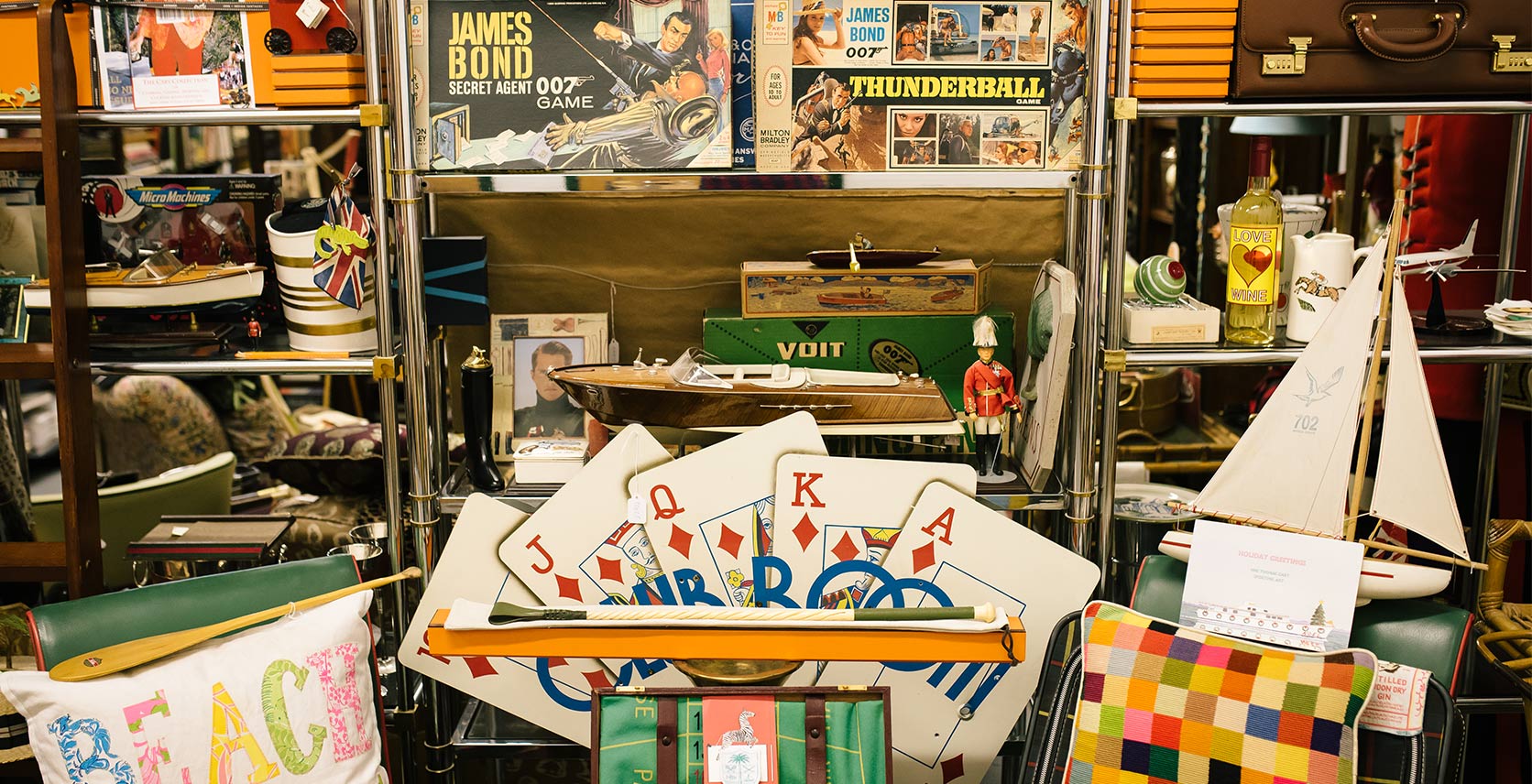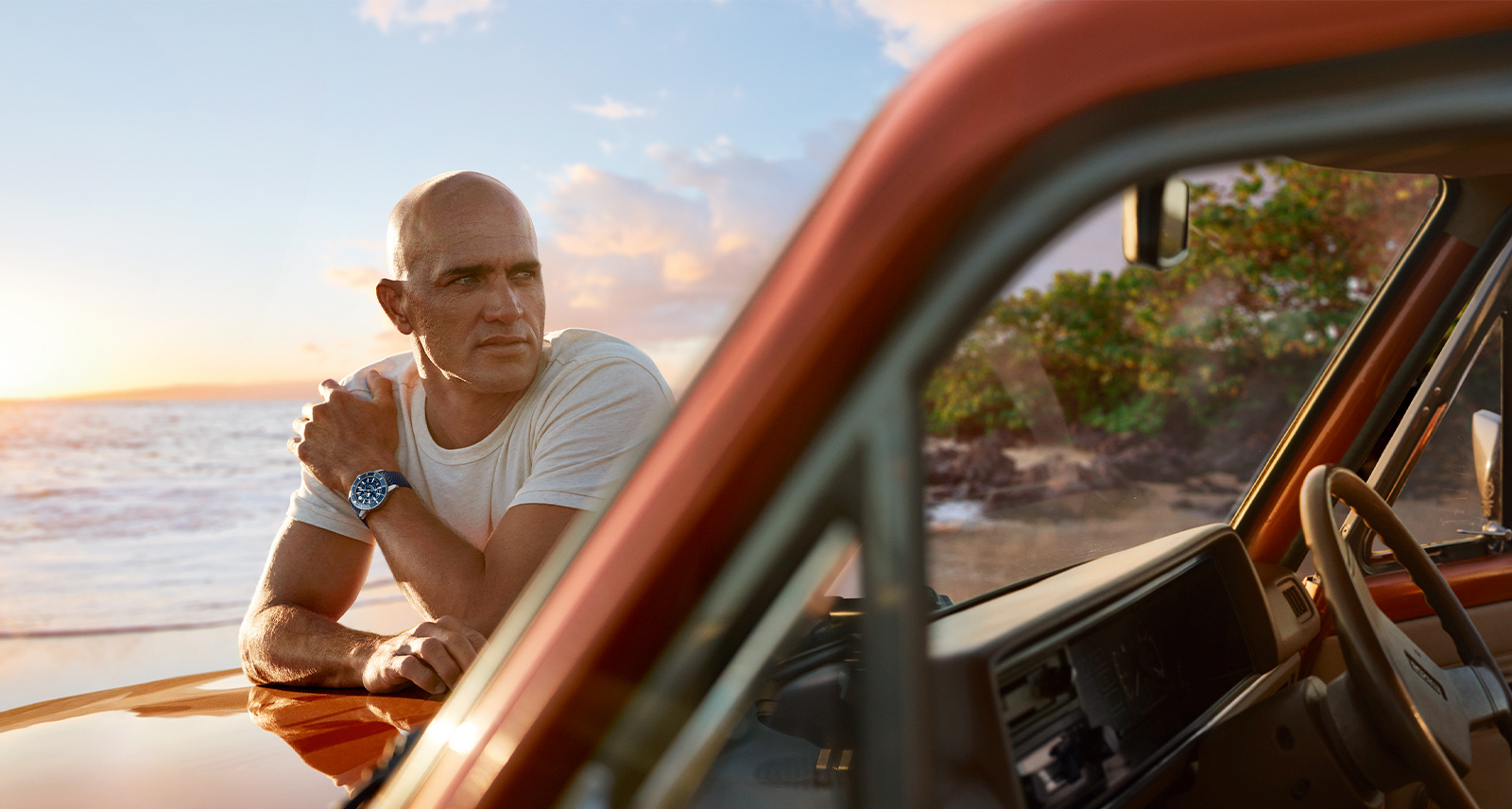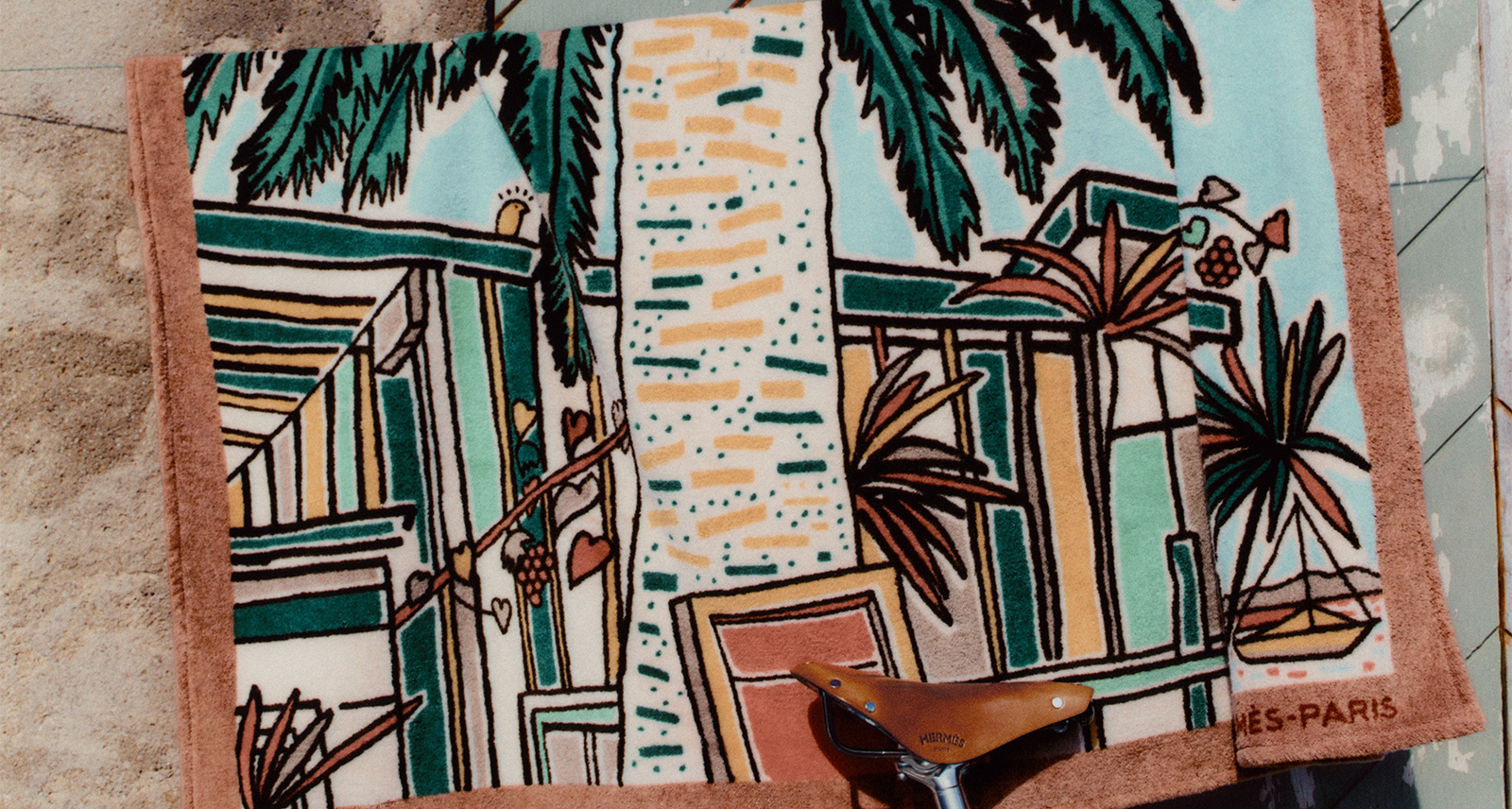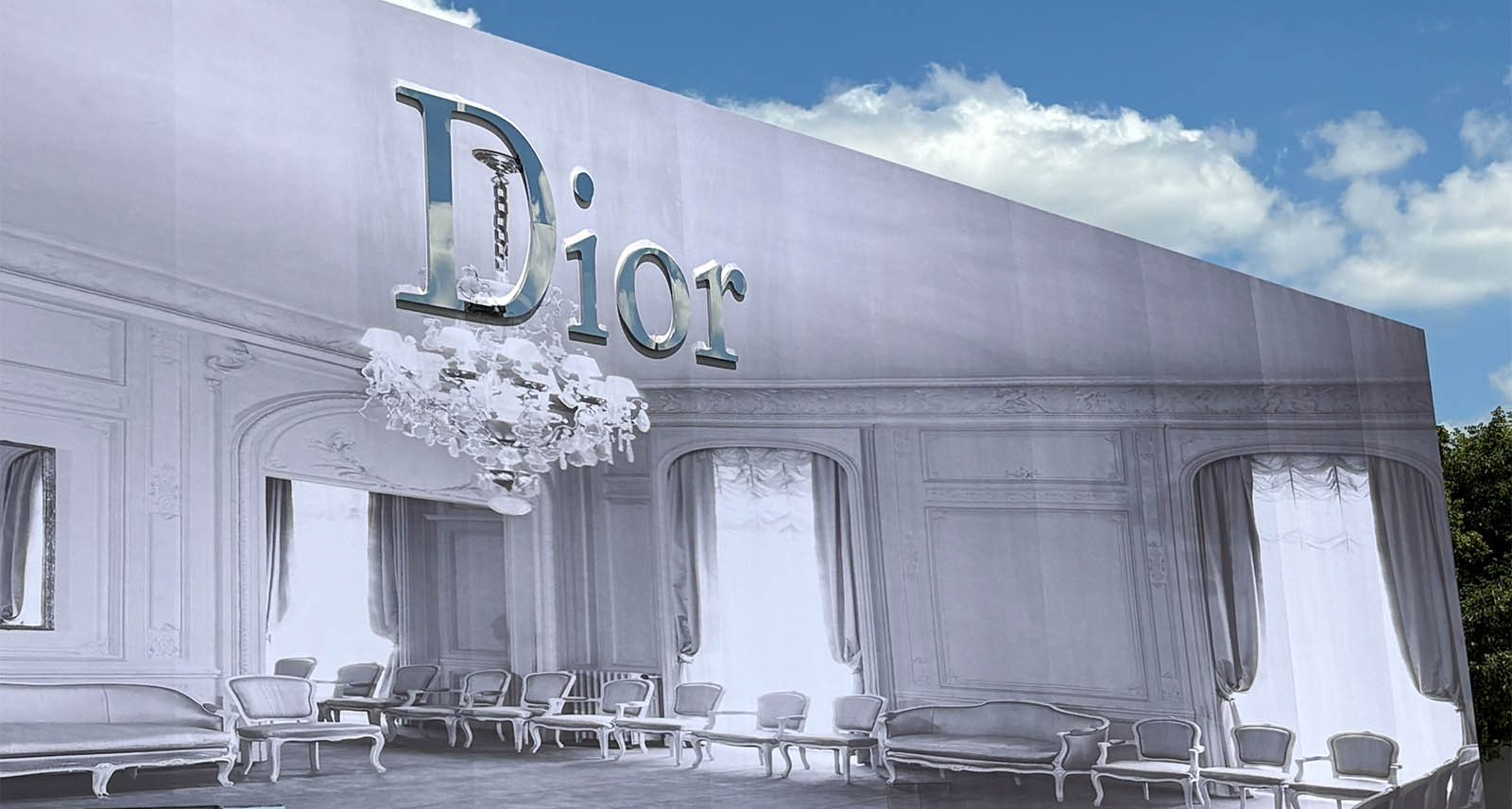Don’t Call Him a Hoarder: Thomas Cary Owns the World’s Greatest Collection of Manly Memorabilia
‘Eccentric’ is an overused word, too often applied to wealthy people whose slightly odd behaviour might inspire mild gossip in the Hamptons but wouldn’t raise an eyebrow anywhere else on Long Island. Defining ‘eccentricity’ down like this bleaches the term of its meaning; if even mildly quirky people get to be eccentrics now, what do you call Thomas Cary?
Cary is the namesake of The Cary Collection, a 15,000-strong, painstakingly curated assortment of rare books, art pieces, and vintage objects, which Cary sells and ships around the world from his center of operations in Farmington, Connecticut. It’s a bright, bold, proudly retro celebration of what Cary’s website hails, with ample exclamation marks, as “The Good Life”: “It’s a story of life in the roaring ’20s to the present! It’s about ‘bachelor’ pursuits and about families with style! It’s about famous people and their fun/sporting pursuits!”
Great! But what does that even mean?
For starters, a staggering amount of James Bond paraphernalia; Cary says it’s probably the largest Ian Fleming collection in North America. Beyond that, while a certain swinging, preppy aesthetic predominates, anything goes. Cary has spent his lifetime collecting, and the results are astounding, almost hallucinatory, like an Exeter polo player’s fever dream. They are — and he is — for lack of a better word, eccentric.
…
Learn from my mistakes: if you ever end up on the phone with Cary, take him literally. “It’s sort of like Goldfinger,” he quipped (I thought) at one point in our conversation, describing the “undisclosed location” that houses The Cary Collection’s most valuable treasures. We’d just spent several minutes detailing Cary’s longstanding fascination with all things Bond, and I took his comparison as a great, self-aware joke — invoking the Fort Knox climax of the most widely beloved Bond movie as hyperbole. I laughed. He didn’t. “No, seriously.” Awkward silence.
I’d been on the phone with Cary for close to an hour at this point. It wasn’t going very well. (Sample exchange:“Is it snowing there yet? I know that the East Coast is getting hit pretty bad.” “This call’s not about the weather.”) This was my fault. Cary’s enthusiasm for his collection is so pure, so gleeful, it exists beyond irony. If, like me, you came of age in a post-Abercrombie world, it’s tempting, and perhaps overly cynical, to assume that old-fashioned preppiness is always at least a little self-referential.
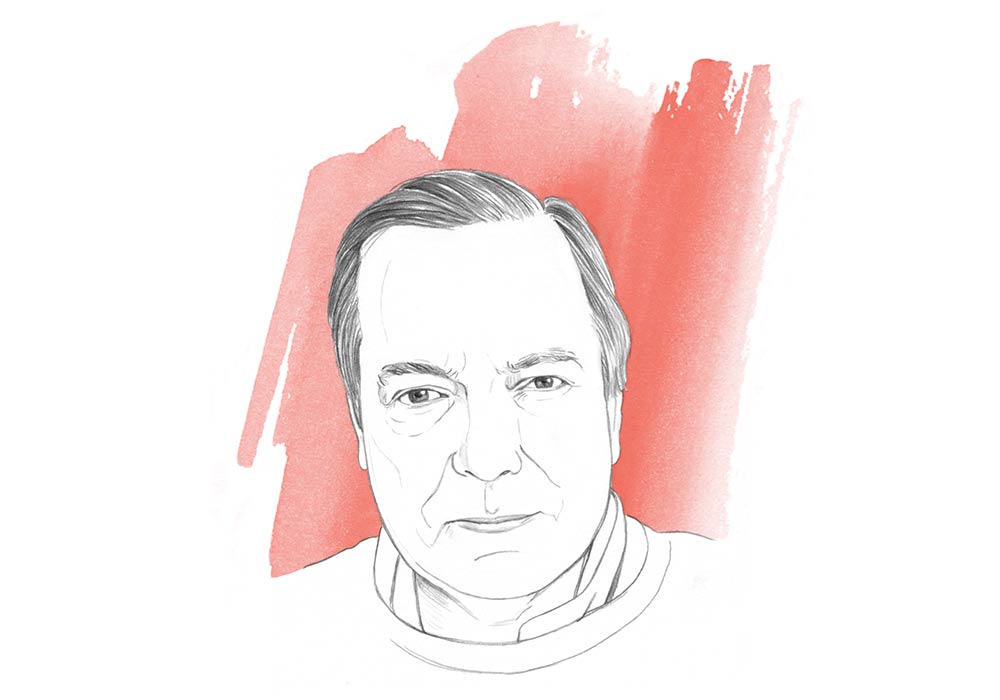
But Cary is earnest. He is, I think, the only person I’ve ever met who uses the adjective “WASP-y” sincerely, as a compliment. Part of this means he is also understandably wary of media coverage that focuses on his colourful personality at the expense of his work — and The Cary Collection is work.
“What makes my [collection] unique is the sheer depth and volume and value of the product,” Cary says. “I’m sitting on a literal gold mine of inventory. Every time I made a big payday, I reinvested it. I didn’t go on a holiday, I don’t belong to a country club, I don’t have a villa in South Florida.”
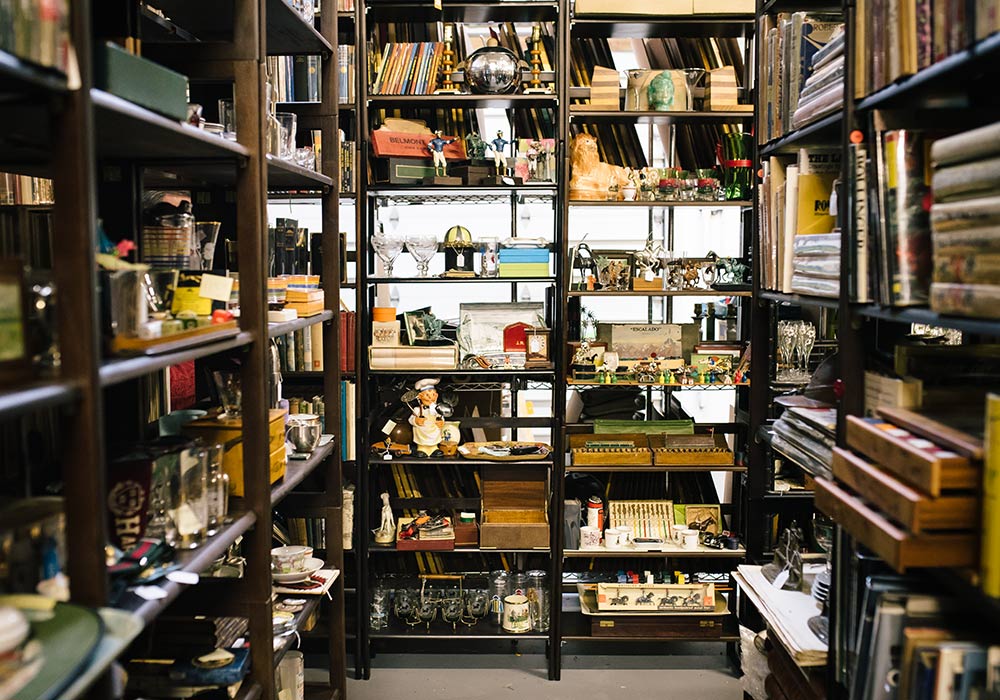
That “product” now entails more than 12,000 rare books, 1,000 paintings, and 2,000 “pieces of objet” — from a signed copy of the striking skull-and-rose painting featured on the first edition of the Goldfinger novel (knowingly, and specifically, priced at $7,007) on down to a three-inch figurine of Oddjob ($50), plus plenty of non-Bond art and artifacts. Cary estimates the collection’s total value around $10 million.
Yet the collection’s vast size hasn’t stopped Cary from committing virtually all of its contents to memory. With little prompting, he is able to spout specific details about pieces ranging from a complete set of Ian Fleming’s 14 Bond books (two of which were signed by Sean Connery after Cary ran into him at a New York City barber shop) to a growing collection of vintage menswear volumes.
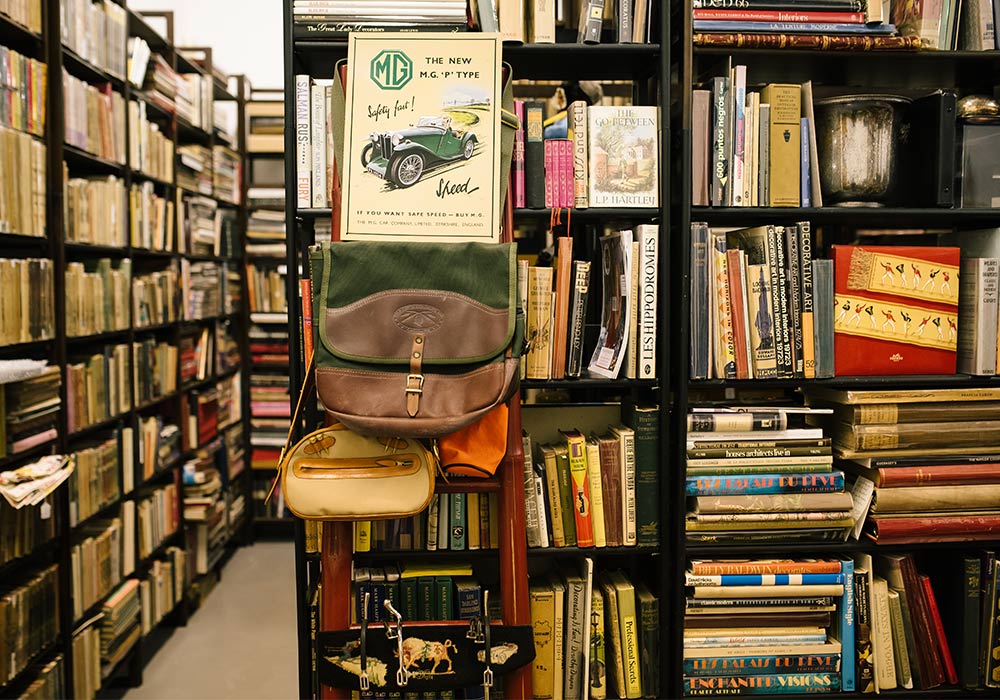
Cary’s recall is likely aided by years of close contact. Up until about a year and a half ago, Cary and his collection were primarily based in an overstuffed 900-square-foot apartment on Manhattan’s Upper East Side, a space that attracted attention for its claustrophobia as much as its aesthetics. The move to Connecticut in 2015 was a logistical nightmare, Cary says, but essential to the collection’s evolving business strategy, which over the past three years has shifted focus from retail to e-commerce.
“Some people have dubbed me a hoarder,” Cary says. But he believes the value justifies his years of obsessive acquisition. “It’s like moving gold bricks out of Fort Knox; that’s how valuable it is.” (I don’t laugh this time.)
…
Cary is at his most precise and detailed when he gets to talk shop about “the mathematics of buying low and selling high.” The collection is a business, not a hobby; all 15,000 items are up for sale. Before The Cary Collection became his full-time focus in the mid-1990s, Cary honed his merchant skills as a buyer for Brooks Brothers and Paul Stuart. That training continues to serve him as the collection transitions into the Internet marketplace, which he says has been challenging.
Cary is less precise when asked about his acquisition process: what items is he drawn to, and why? “Everything I buy, I buy with passion,” he says at one point. At other times, he lapses into the sort of colorful language that characterizes his website. What is it about the James Bond persona that so appeals to him? “It’s all about shaken not stirred. It’s the whole bachelor lifestyle — Aston Martin DB5s and beautiful Bond women. It’s what men aspire to.” You know how great athletes are rarely able to speak reflectively about their game? The same principle is at play with Cary. He collects because he breathes.
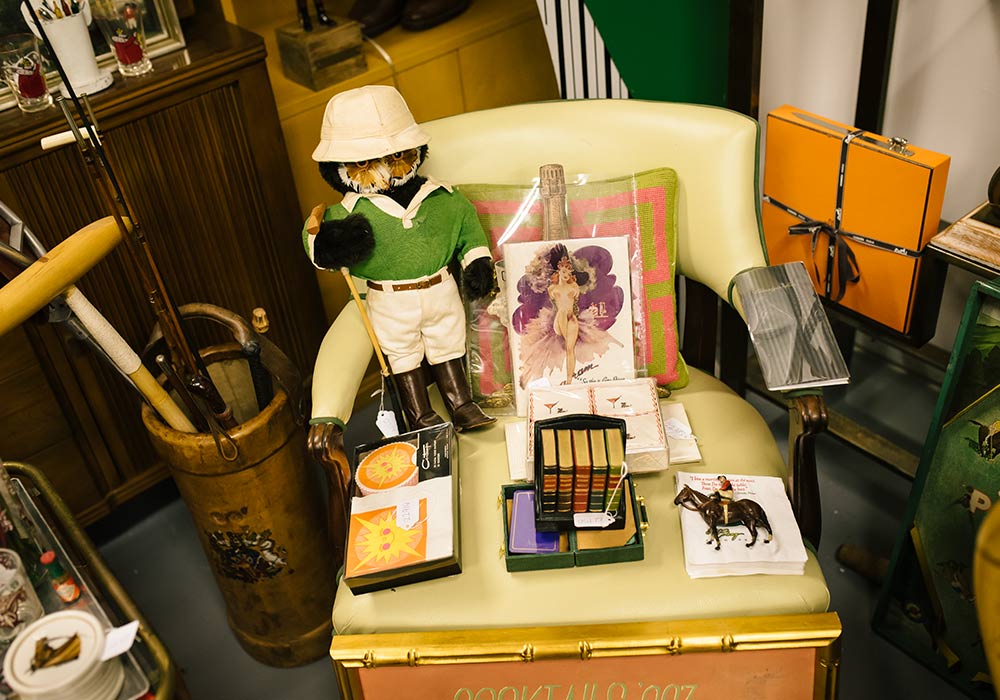
Extending the metaphor further: many men play sports as kids, in one form or another; very few become pro athletes. Many men idolize James Bond and collect interesting stuff as kids; very few devote their lives to it. So, like the NFL, The Cary Collection functions to an observer as both wish fulfillment and a reminder that the grass is always greener on the other side. “I already have 15,000 items, so, you know, there’s a mortality factor,” says Cary, who’s now in his 60s. “Every time I buy one item, it takes a day off of my life, because it means I’m going to have to spend time listing and remarketing it to sell… I don’t have any heirs, so I don’t know what I’m going to do with the unsold inventory. Bequeath it to a museum or something.”
Don’t be mistaken; just because Cary is uncommonly perceptive about his passion’s costs doesn’t make him a man consumed with regrets. This is his life’s work, and he’s proud of it, especially when he is able to give prospective buyers a firsthand tour of the goods at his new, 1,500-square-foot combination carriage house/showroom in Connecticut.
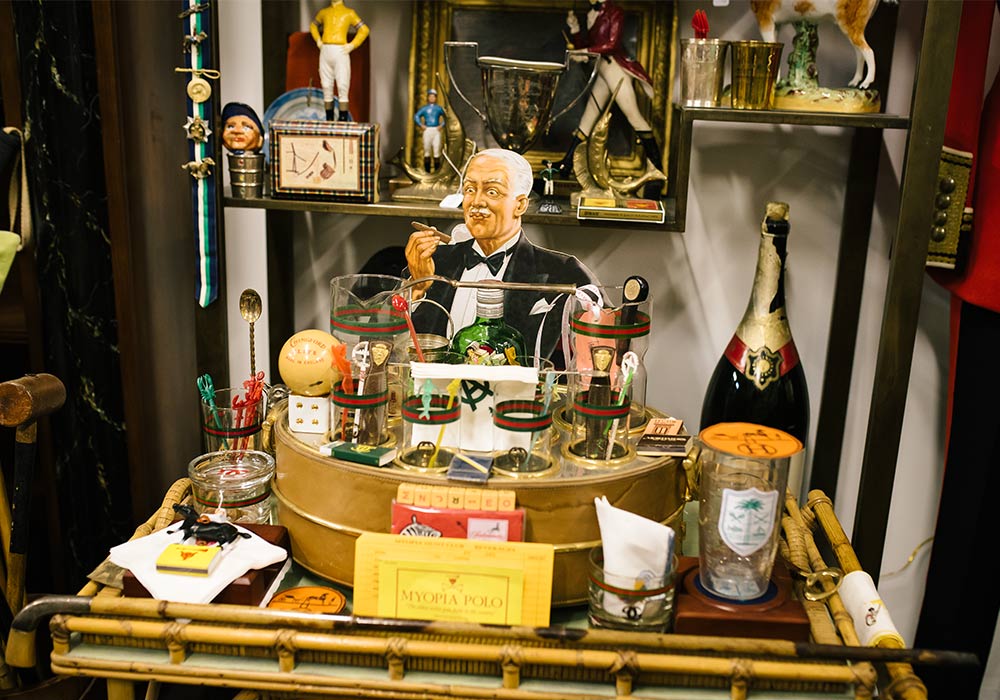
“We invite clients” to Farmington, he tells me near the end of our conversation. “Although they will be subject to an exit body search, because of the value.”
I pause, unsure whether I’m again misjudging Cary’s tone. I decide to err on the side of caution and ask: what does an exit body search entail?
“No, I’m just teasing.” He laughs. True eccentrics are unpredictable.
